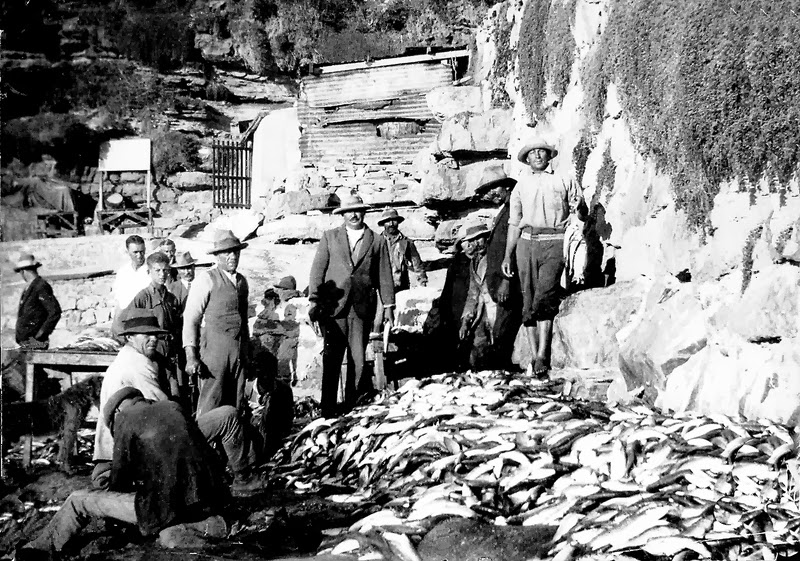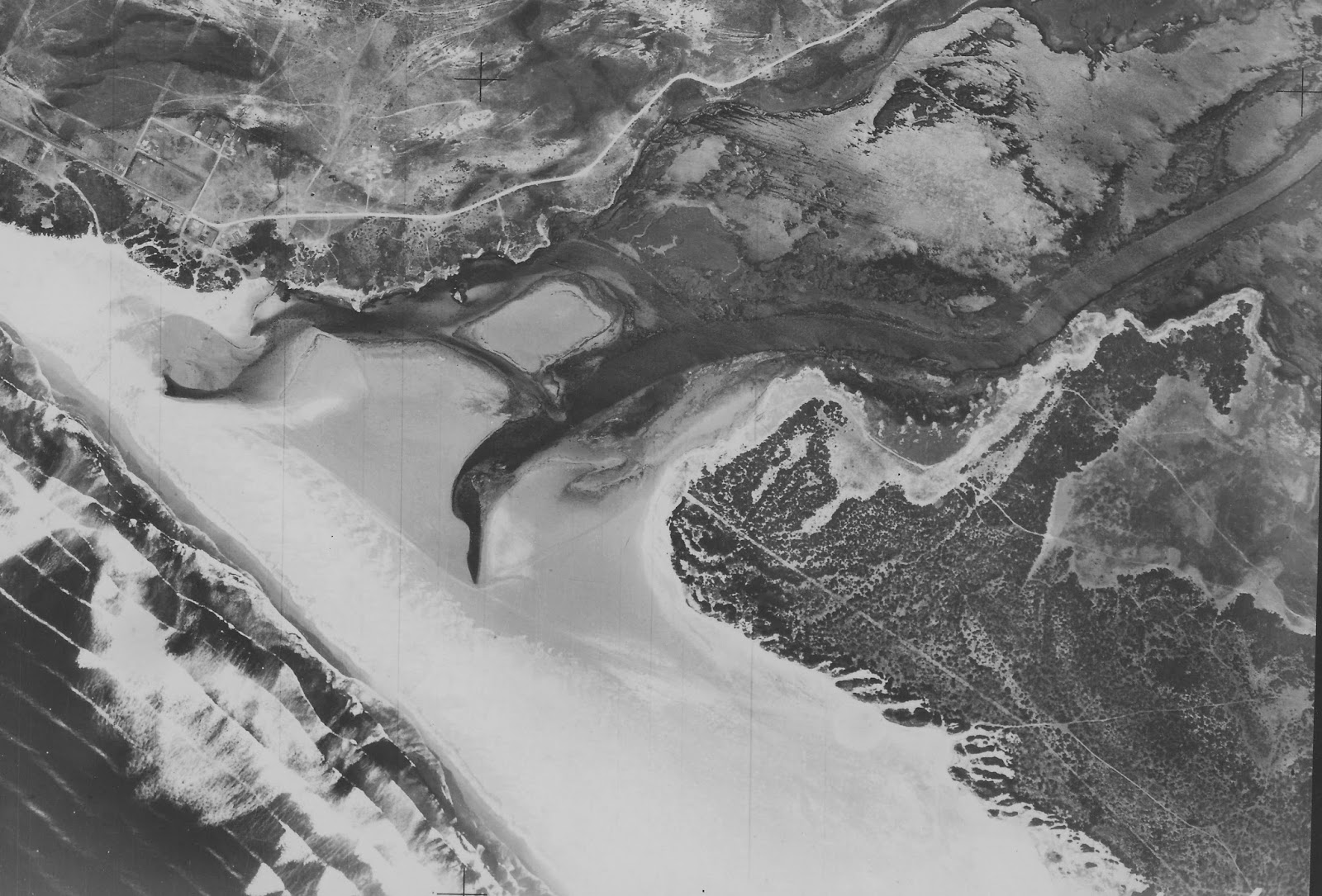Letter to the Hermanus Times / March 31
Title: Undisclosed statistics reveal shocking levels of pollution
Title: Undisclosed statistics reveal shocking levels of pollution
While discussing the Hermanus Lagoon recently, a remark was
made, that in twenty five years time the Klein River Estuary will be a large
vlei, with the Klein River meandering through it .
We may come to regret the day we laughed and dismissed
this sad ironic joke, because we did nothing to stem the tide of the estuaries
decay, now being supercharged by sewage effluent and nitrate run off, due
to archaic and outdated planning, building and farming practices.
Studies have shown that there are approximately 255 functional
estuaries in South Africa, the Klein River estuary is known to be the 5th most
ecologically important. Found in the top 2% it contributes not only to
essential marine biodiversity and direct fishery values but to inestimable
economic values derived from agriculture and tourism which may far
outstrip the economic benefit’s we attribute to Whales.
On the 23rd November 2007 a report was published by Dr V.L.
Hamilton-Attwell: Entitled REPORT ON SEWAGE POLLUTION IN THE KLEIN RIVER: FROM
THE BRIDGE (R43) ON THE KLEIN RIVER AT STANFORD UP TO SCOUT CAMP (HERMANUS)
A summary reads: ‘The most important, source of pollution are
the septic systems along the shore. All indications are that human impact and
especially sewage management, must be targeted as the biggest pollution source.
Along the estuary it has been ascertained that conservancy tanks are seldom
pumped and that grey water is dumped in soak-aways and at some stands, all
sewage is dumped directly into a soak-away.’
In January I managed to obtain, with great difficulty and only
through the Access to information Act, the Municipal water sampling
records for the estuary and Grotto Beach. These records were previously
published on the Overstrand Estuaries web site till March 2013. The site was
discontinued and no results have been published since. We wonder why?
In December 2013 the Municipality sampled the estuary, in its
customary bi-monthly water sampling program, in order to determine the level of
faecal pollution. Intestinal enterococci (bacteria) one of the bacterial
indicator organisms used to determine faecal pollution.
The following figures for water samples were
recorded for Intestinal Enteroccocci at the following sample
points in the Klein River Estuary in December 2013;
Scout
Camp:
1940 cfu/per 100ml
Prawn
Flats:
3100 cfu/per 100ml
Hermanus Yacht Club:
5200 cfu/per 100ml
Stanford (Kings Street) 1100
cfu/per 100ml
The last flood (1:50 year) occurred on the 16th
November 2013. These water sample readings were taken on the 12th and 19th
December 2013.
The SA Water Guideline for Recreational
water (2009) states a level in excess of 185 cfu/per 100ml as poor
(unacceptable) with a gastro-intestinal (GI) health risk index
of 8.5% .
The above water samples average well over 1000%
higher risk factor compared to the official health hazard levels,
and in the case of the Hermanus Yacht Club, an unbelievable 2500% higher!
Grotto Beach still to come (approx 50 words)
Between 2010 and 2012 (three years after the Hamilton
Atwell report was published) an audit was conducted amongst a group of
property owners on the Klein River Estuary (Hermanus Lagoon) approximately
80% of the owners volunteered to participate, indicating the
perceived severity of the pollution situation. Of those
participating it was found that 80% of the tanks inspected were found to
be faulty and beyond repair in many instances, furthermore the majority of these
tanks and their soak-aways were found a few meters from the high
water levels and a large number below these levels. Regardless of these efforts
to renovate the septic tanks, pollution continues to rise and any thought
of converting to conservancy tanks was avoided.
Estuary water levels are defined as levels above Mean
Sea Level (msl) It is said that the estuary should breach naturally at
3m above msl, furthermore that the official set back line for properties should
be 5m above mean sea level (or in the case of the Coastal Protection Zone 100m,
to be managed, regulated and restricted)
In your dreams, none of this occurs, nor has ever been
implemented !
Of further interest, the high water mark is now pegged
at 2.6 msl, thanks to the expedient lobbying of home owners who have built too
close to the high water level and suffer inundation whenever the estuary rises
to the level it should and could rise. There are over 100 houses built below
the 5m msl and the 1:50 year flood line on the river.
With these water samples records now coming to light one
can only wonder where the leadership will be found to put into place an estuary
management plan (20 years in the making) that has regulatory clout and
consequence that will effectively manage and rehabilitate the estuaries ecosystem?
We are reminded that should this be put in place we will not
have to face the indignity of calling the Hermanus Yacht Club, the Hermanus
Bird Club.
















